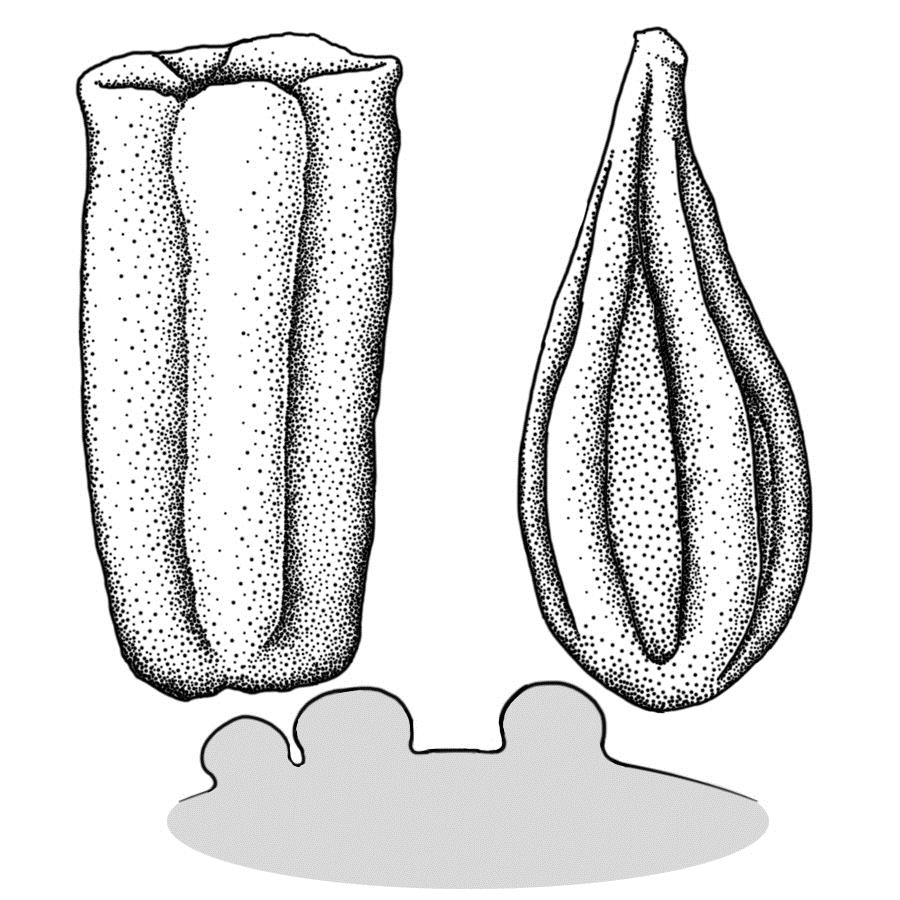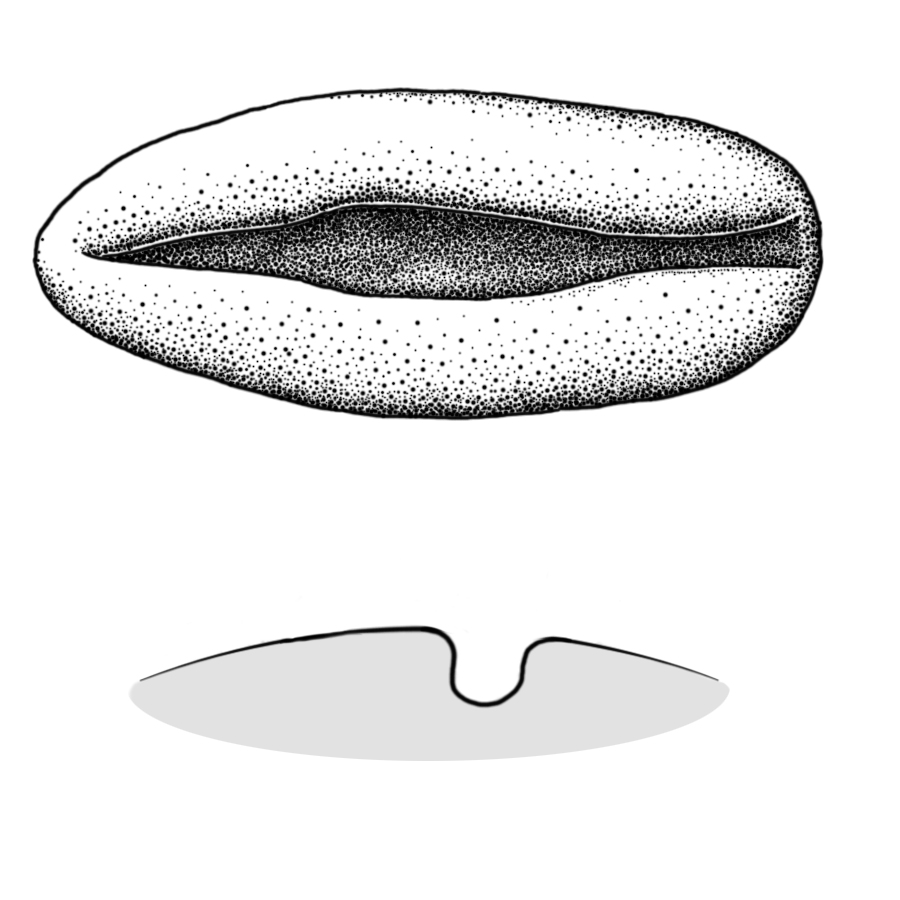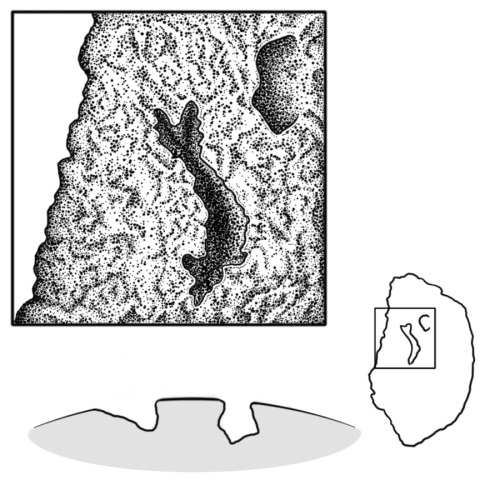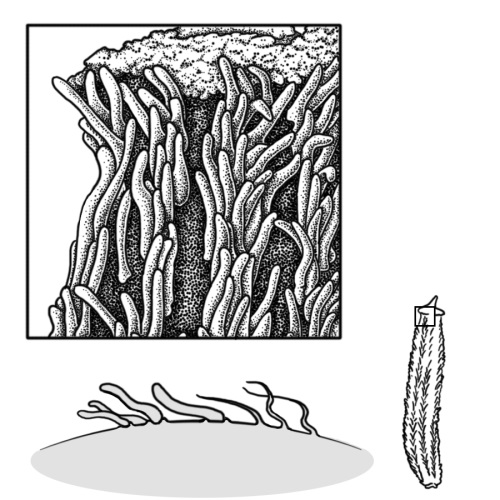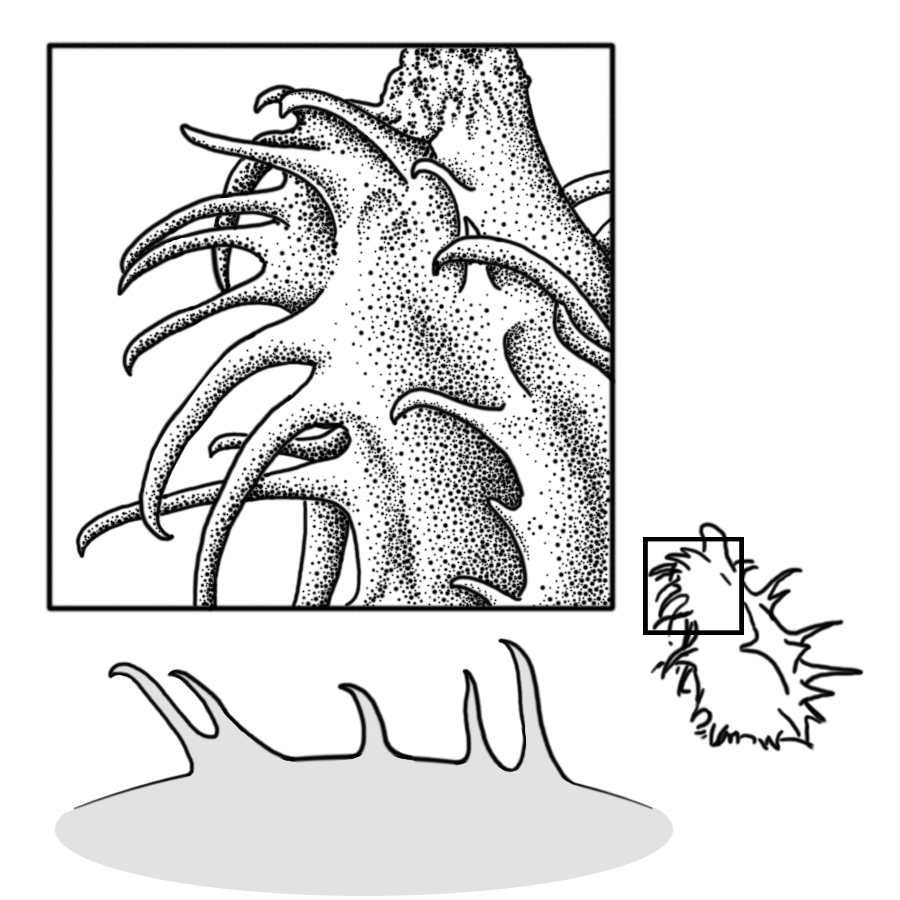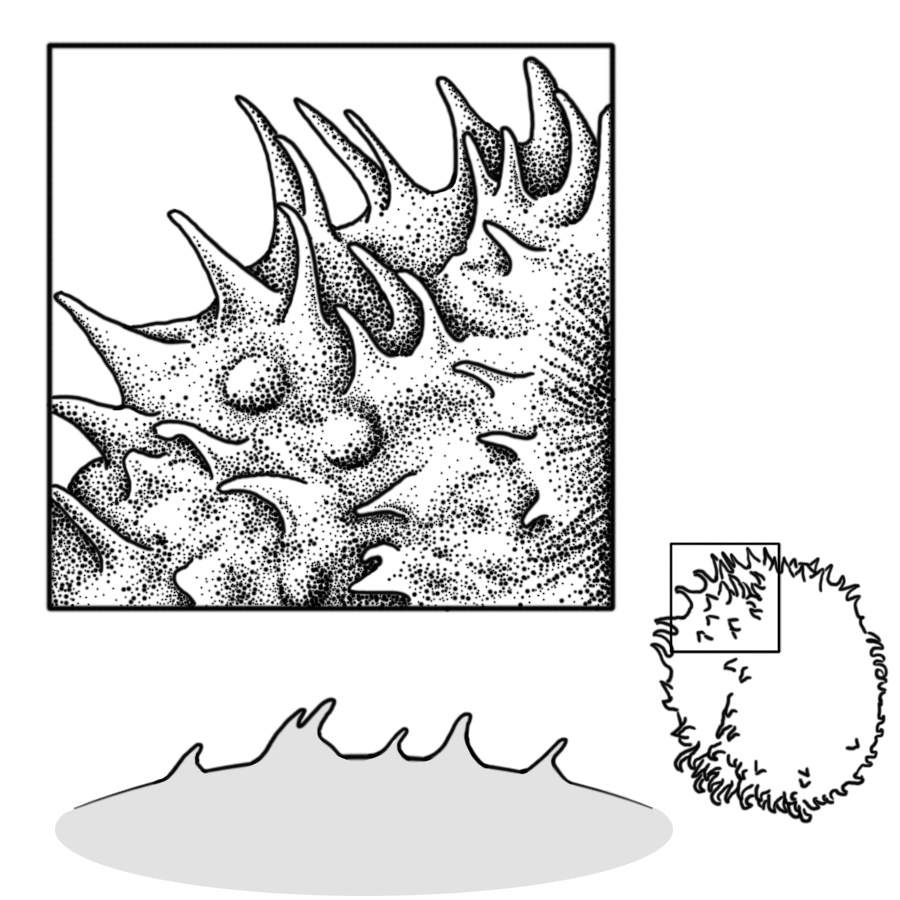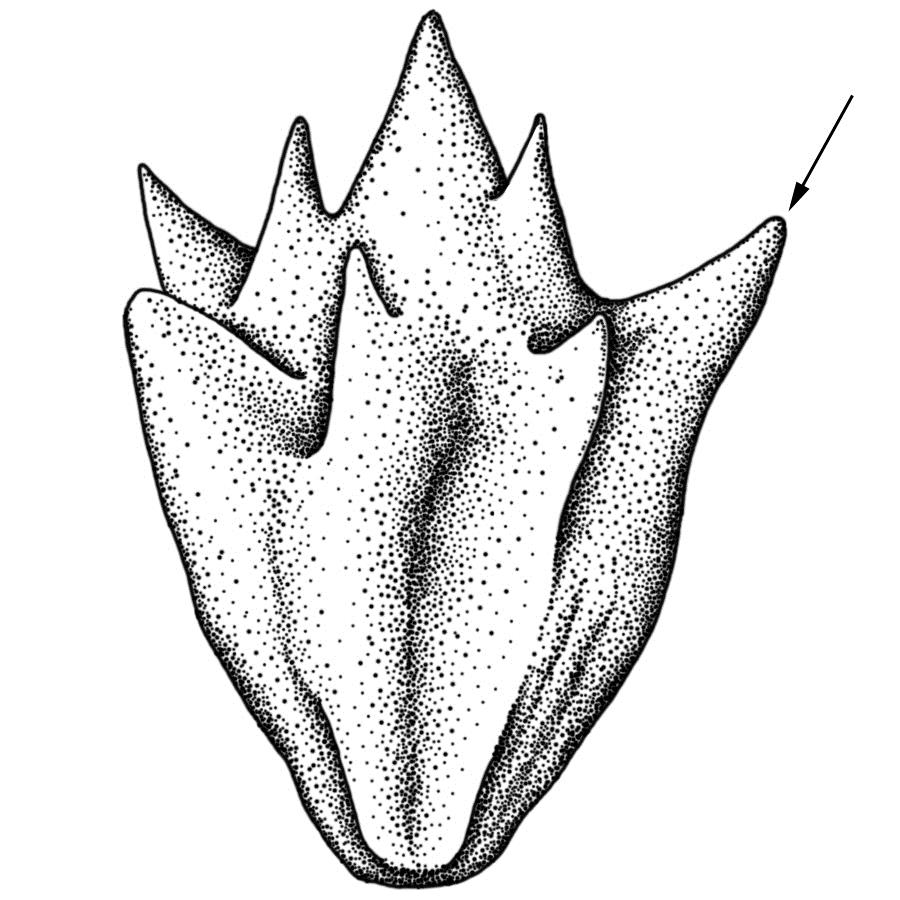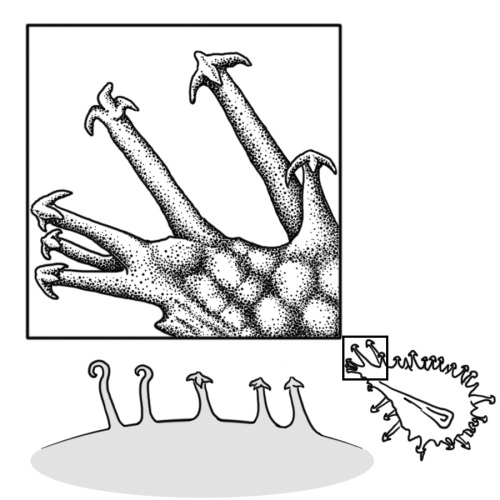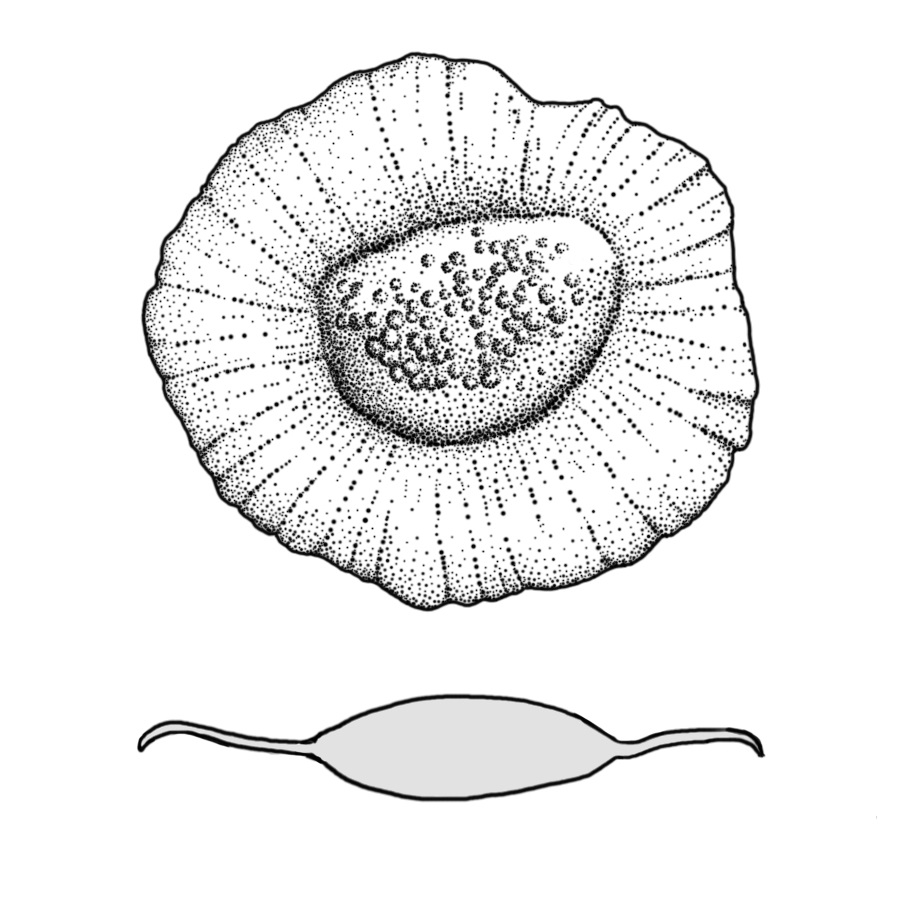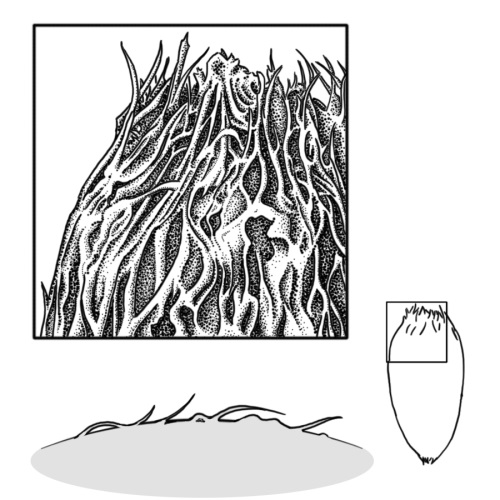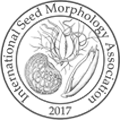Surface Feature Comparison Chart
Seed surface features are the topography or decoration of seed coats or fruit surfaces that can be seen under magnification. Some features are visible under low magnification, while others may require higher magnification. The core features listed here are a guide for authors and readers. Seeds or fruits could have a combination of several surface features.
Surface roughness
|
Granular |
Glandular |
Stippled |
Pitted |
||
|
|
|
|
|
||
|
Covered with small, raised granules giving the surface a grainy appearance. |
Covered with small, raised secretory glands. Glands can be regular or irregularly shaped, translucent or opaque, and maybe distinctly coloured. |
Covered with minute, shallow indentations giving the surface a sparkling appearance. |
Small, shallow indentations or pits covering the surface. |
||
|
Wrinkled |
Scurfy |
Porous |
Bubbled |
||
|
|
|
|
|
||
|
Shallow, irregular folds and furrows covering the surface. |
Covered with small, thin, fine scales or flakes that may be removable. |
The surface pitted with layers of holes as if bubbles had passed through; the surface could look like hard or soft foam. |
Covered with raised, hollow granules that give the surface a blistered appearance. |
||
|
|
Scars |
Striate |
|||
|
|
|
|
|||
|
|
Irregularly shaped raised or concave surface marks with a rough appearance, left behind when a part detaches from the seed. |
Covered with thin, raised, or grooved parallel lines. |
|||
Reticulation
Raised walls or concave grooves forming a net-like surface pattern with flat, concave, or convex interspaces.
|
Ridged |
Wavy ridged |
Grid ridged |
Honeycomb ridged |
|
|
|
|
|
|
Ridges that intersect to form irregularly shaped polygonal cells in a net pattern. |
Wavy ridges that intersect to form polygonal cells in a grid or net pattern. |
Ridges that intersect to form a square or rectangular cells of a regular size and shape that appear as a grid or stripes. |
Ridges that intersect to form polygonal cells with a regular size and shape that appear similar to a honeycomb. |
|
Grooved |
Stellate grooved |
Grid grooved |
|---|---|---|
|
|
|
|
|
Grooves that intersect to form irregularly shaped polygonal cells in a net pattern. |
Grooves intersect to create jagged-edged cells in a star-like pattern. |
Grooves that intersect to form polygonal cells with a regular size and shape that appear as a grid or stripes. |
Tubercles
Projections that give a bumpy or spiny appearance to the surface.
|
Warty |
Irregular |
Papillate |
Spiny |
|
|
|
|
|
|
Distinct, rounded projections that are large relative to the seed or fruit size. |
Projections that are irregular in size, shape, and position. They may be distinct or merge together. |
Small, distinct, broad-based projections, tapering to a rounded apex. |
Small, distinct, pointed projections. They may have a broad or narrow base. |
Raised & Grooved Surface Decorations
|
Veins |
Nerves |
Stripes |
Ridges |
|
|
|
|
|
|
Lines that intersect in a vein pattern that is flush or slightly raised from the surface. |
Raised, parallel thick lines or thin ridges on the surface. |
A series of linear surface decorations with the surface exposed between them. |
Raised, thick ridges, sharp edged or rounded, usually in a series that may cover the entire surface. |
|
Irregular ridges |
Ribs |
Grooves |
Cavities |
|
|
|
|
|
|
Raised ridges that are generally not connected, forming an irregular ridged surface pattern. |
Wide, prominent, linear ridges that are generally rounded and longitudinally situated on the surface. |
Linear depressions that may be single or form a series of grooves over the surface. |
Deep, irregularly shaped depressions in the surface. |
Other Surface Decorations
|
Hairs |
Bristles |
Spines |
Spikes |
|
|
|
|
|
|
Fine, flexible, linear outgrowths that can be short, long, forked, star-shaped, curled, or gland-tipped. Maybe sparse, dense, or woolly. |
Linear outgrowths that are semi-flexible with solid bases, thicker than hairs. |
Linear outgrowths that are stiff with expanded bases, thicker than bristles. |
Thick outgrowths that have a flared base and are thicker than spines. |
|
Hooks |
Scales |
Wings |
Fibres |
|
|
|
|
|
|
Bristles or spines with curved or backwards pointing tips, or with secondary bristles along their length. |
Large, flattened, thin flakes overlapping with each other to cover the surface; can be papery or waxy. |
Thin, flattened, generally papery extension of a seed or fruit edge. Variable in size, shape, and thickness. |
Long, flexible threads, thicker than hairs, that densely cover and obscure the surface. |
Authored by: |
Drawings by: |
Reviewed by: |
||
|
Jennifer Neudorf, Angela Salzl, Taran Meyer, and Ruojing Wang Saskatoon Laboratory, Seed Science and Technology Section Canadian Food Inspection Agency |
Taran Meyer Saskatoon Laboratory, Seed Science and Technology Section Canadian Food Inspection Agency |
Deborah J. Meyer Plant Pest Diagnostic Center California Department of Food and Agriculture, USA |
©2019 Canadian Food Inspection Agency, all rights reserved.


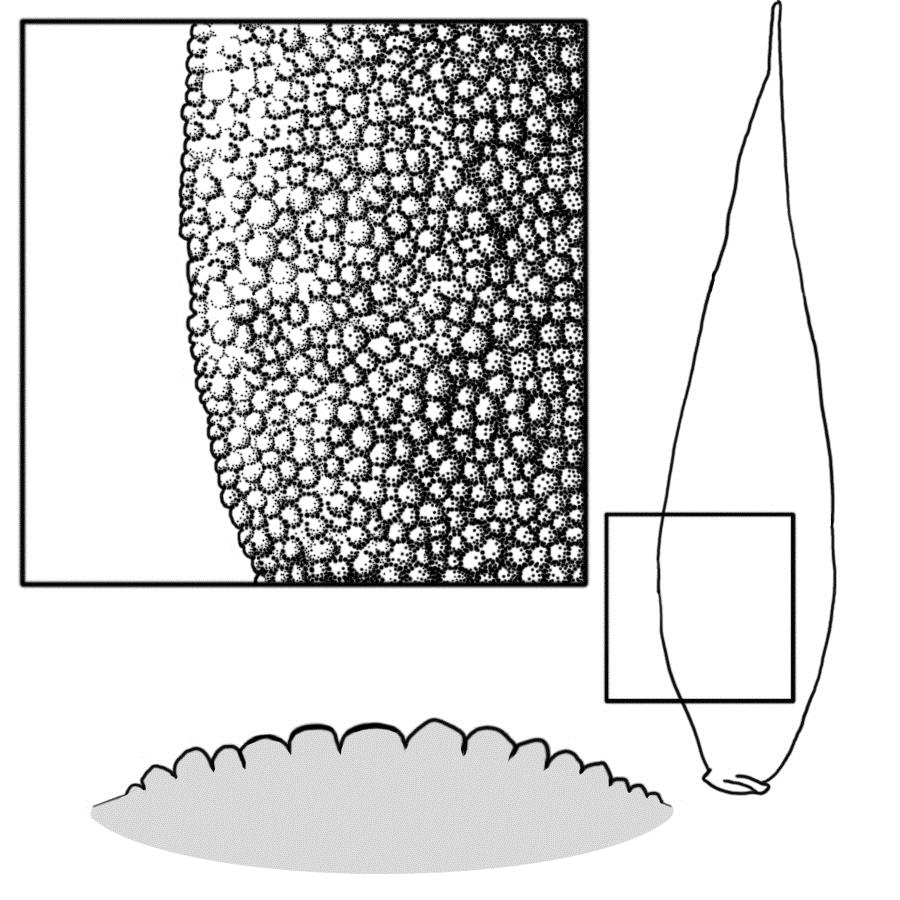
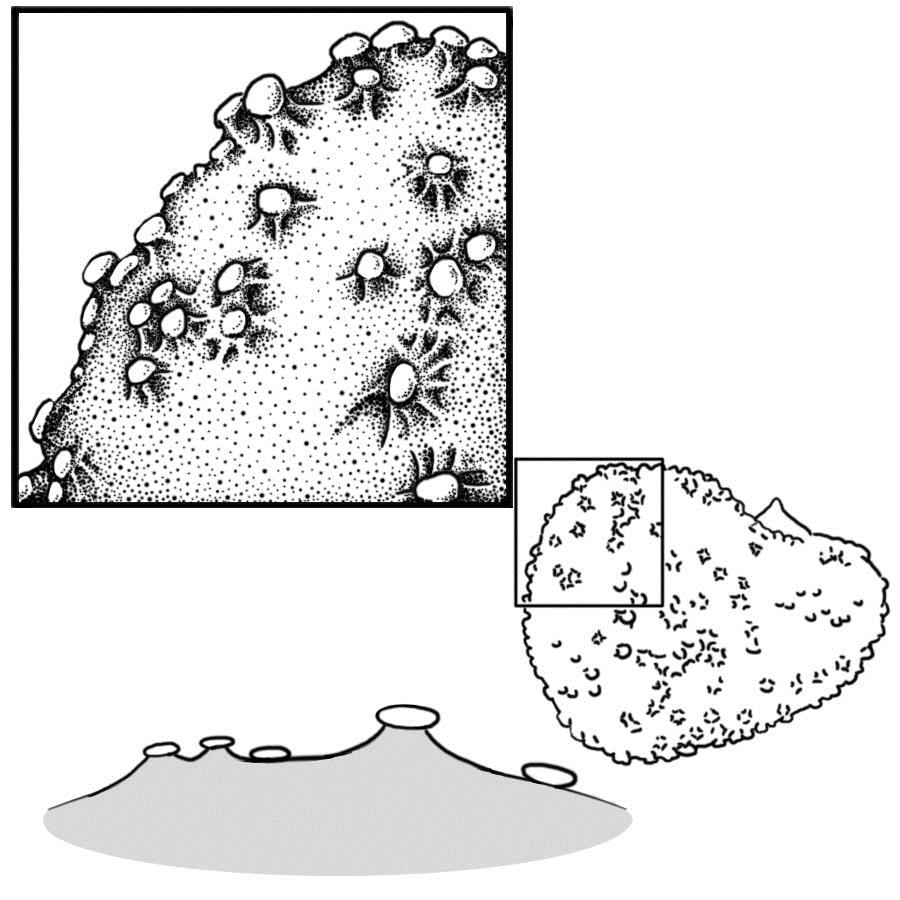
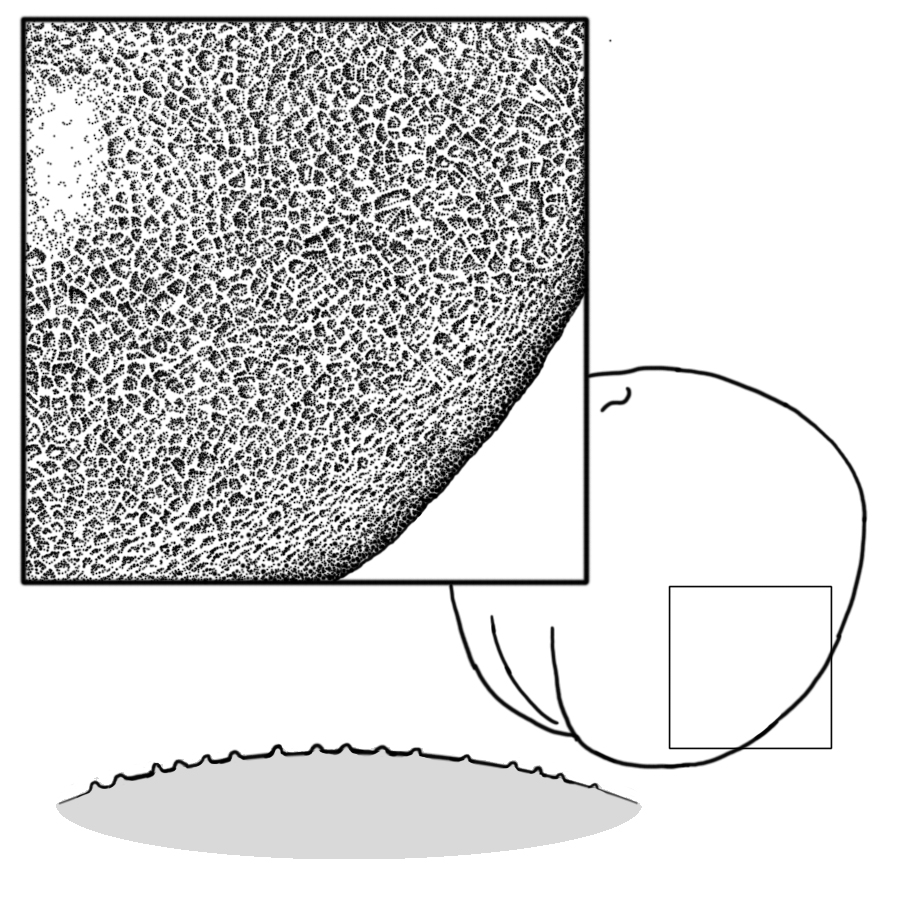
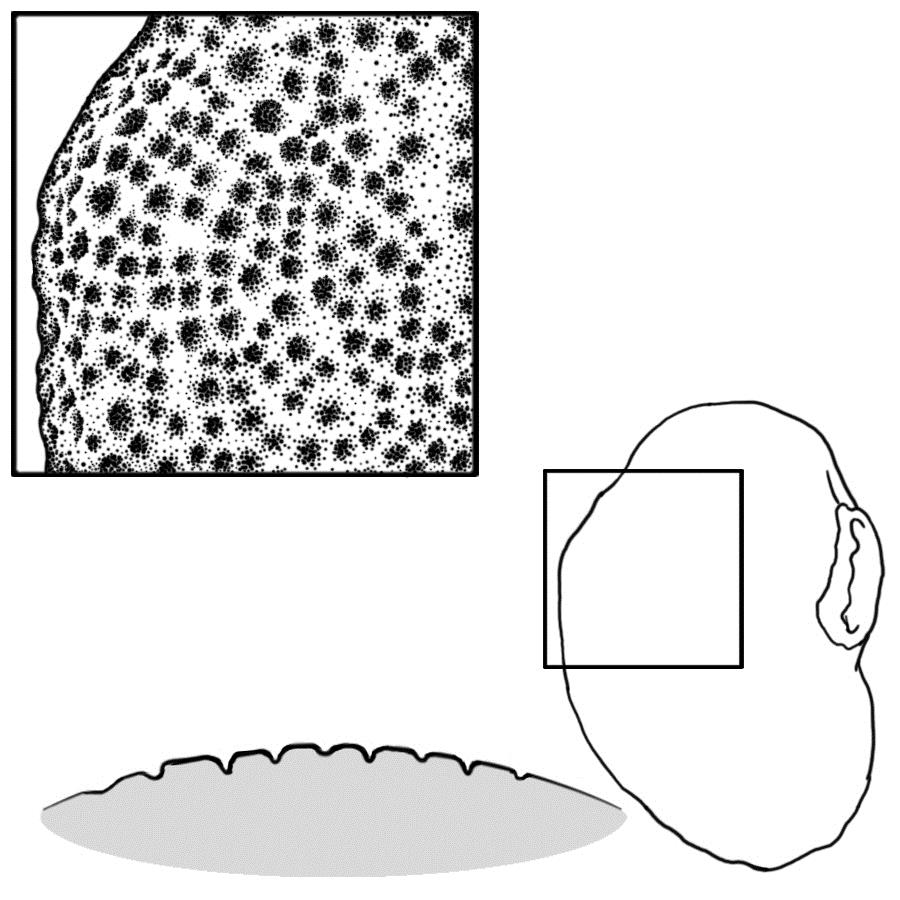
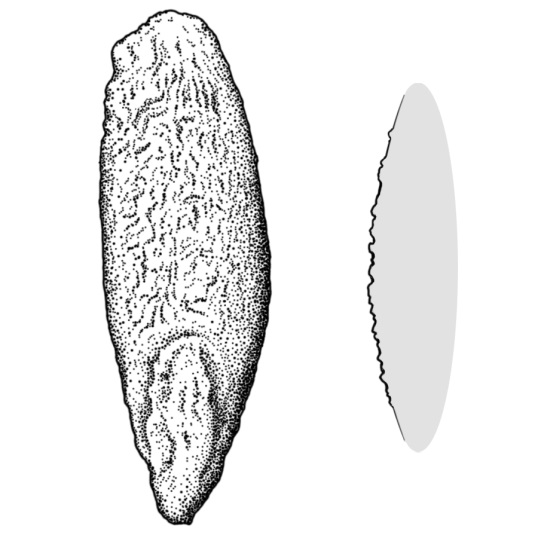
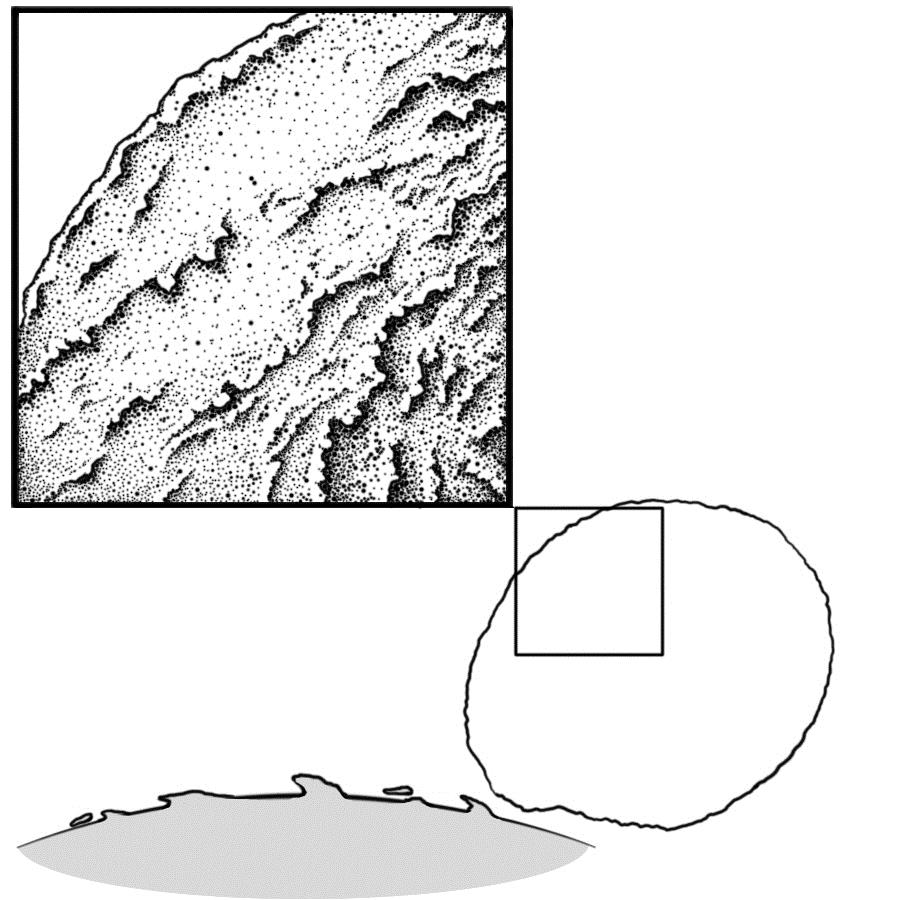
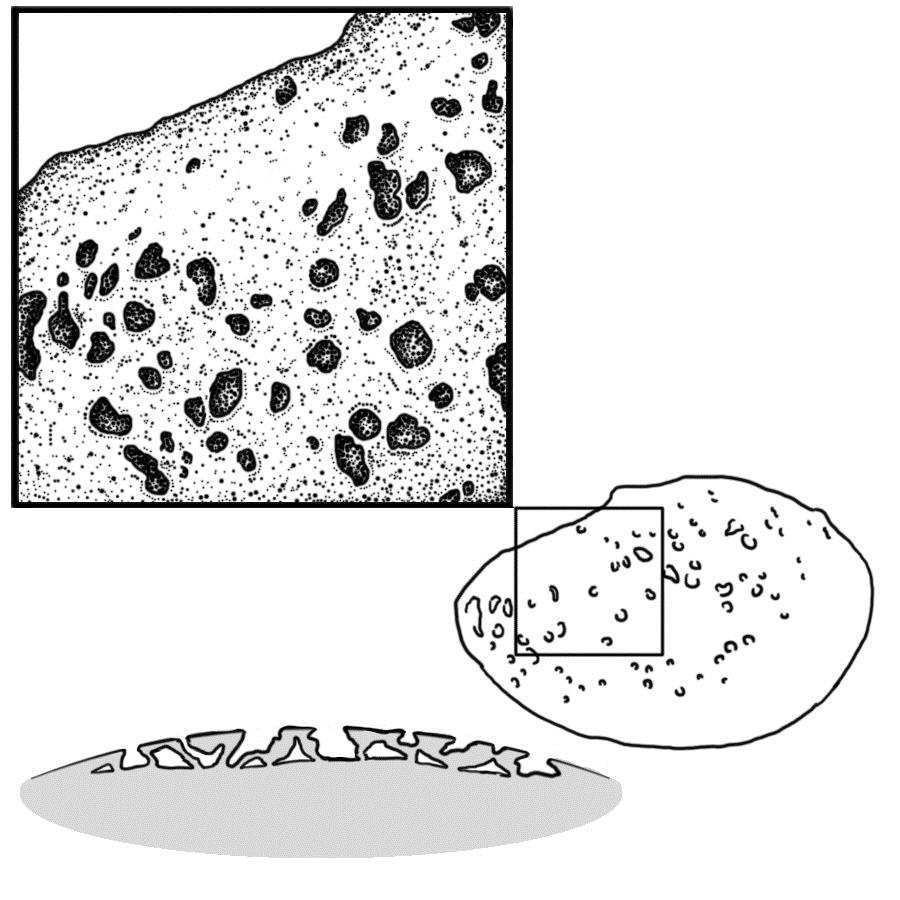
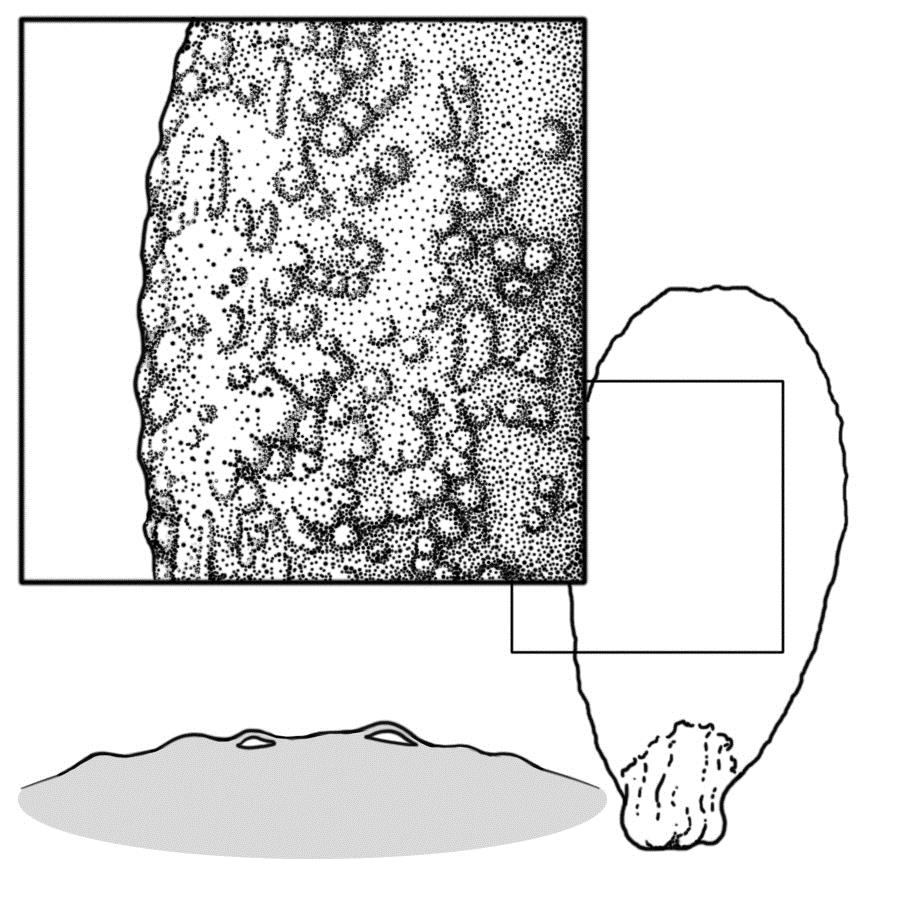
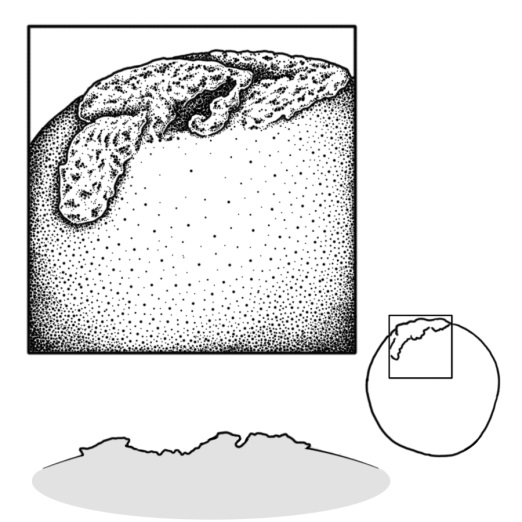
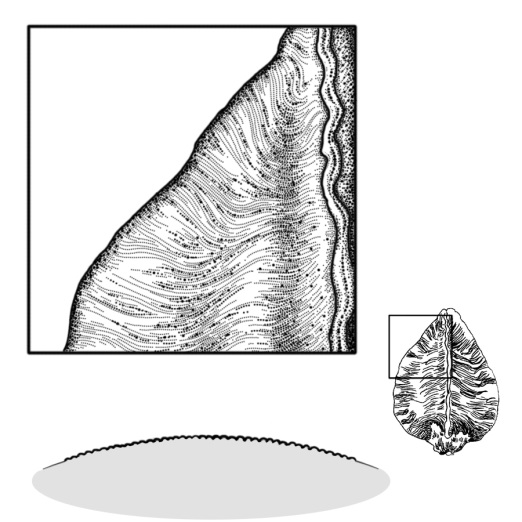
 reticulation.jpg)
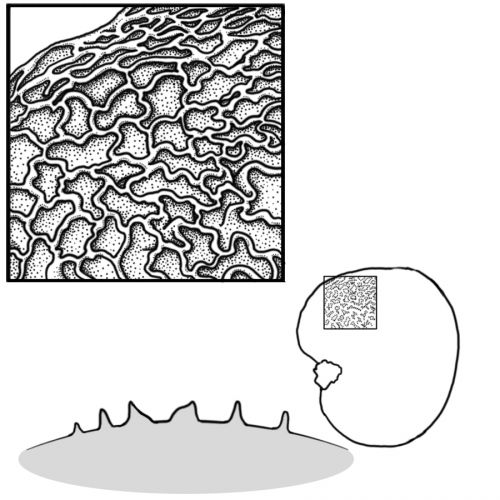
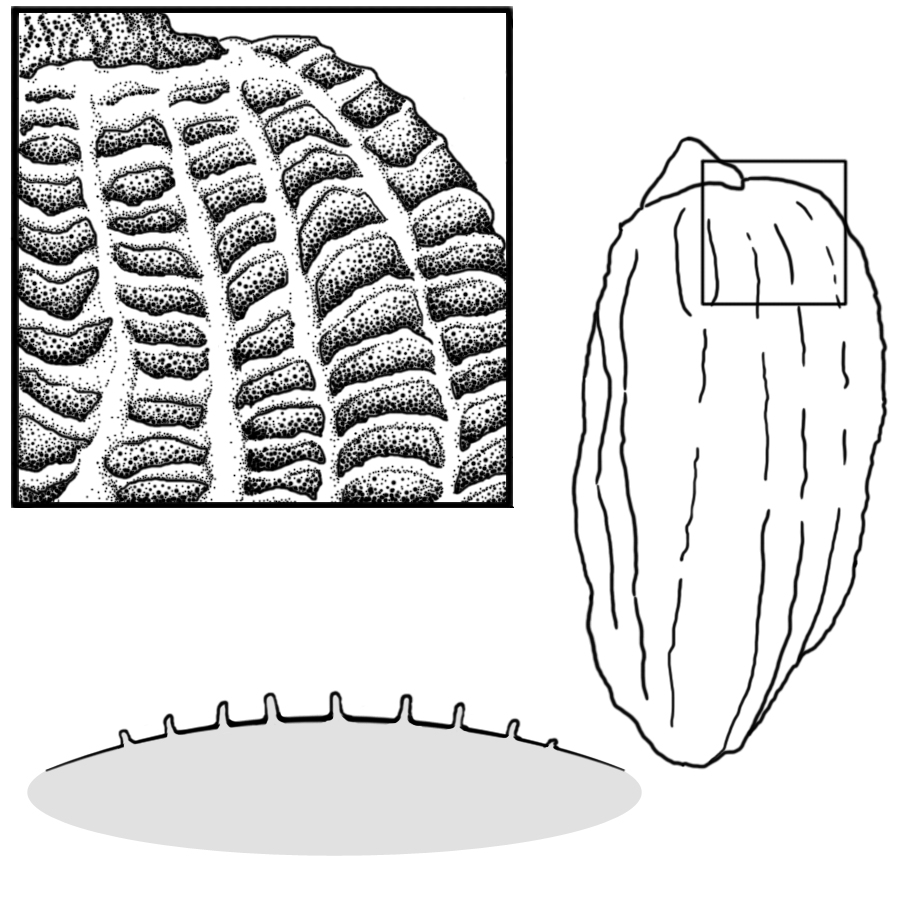
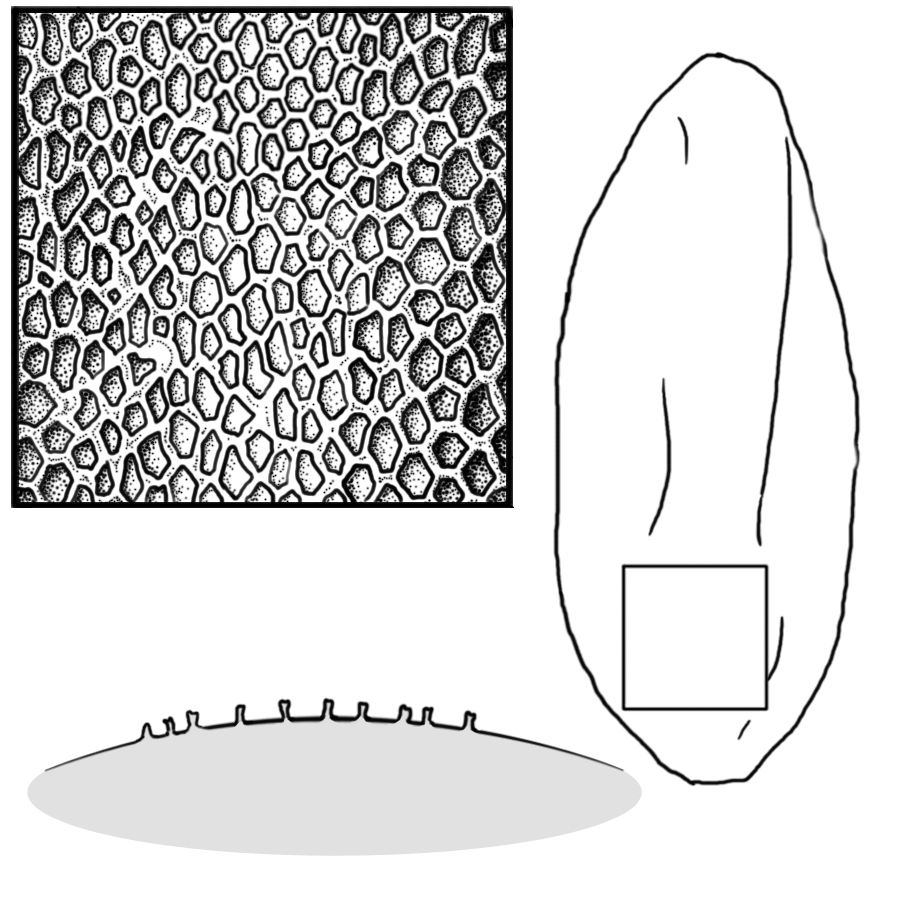
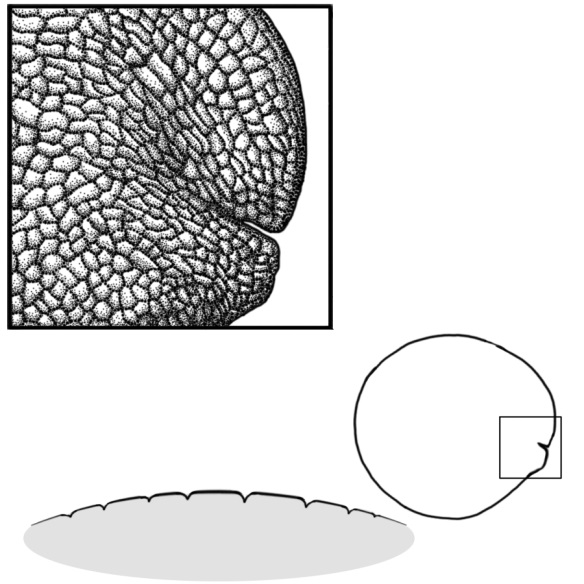
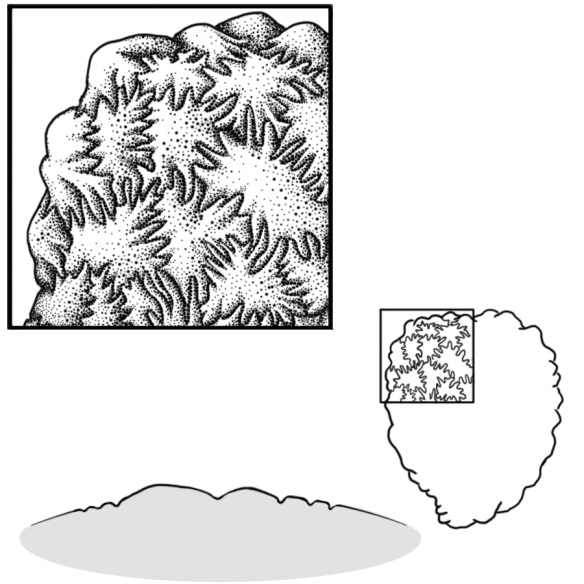
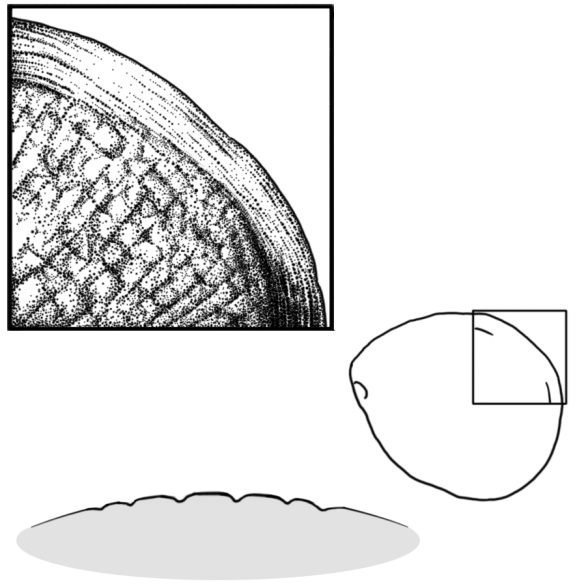
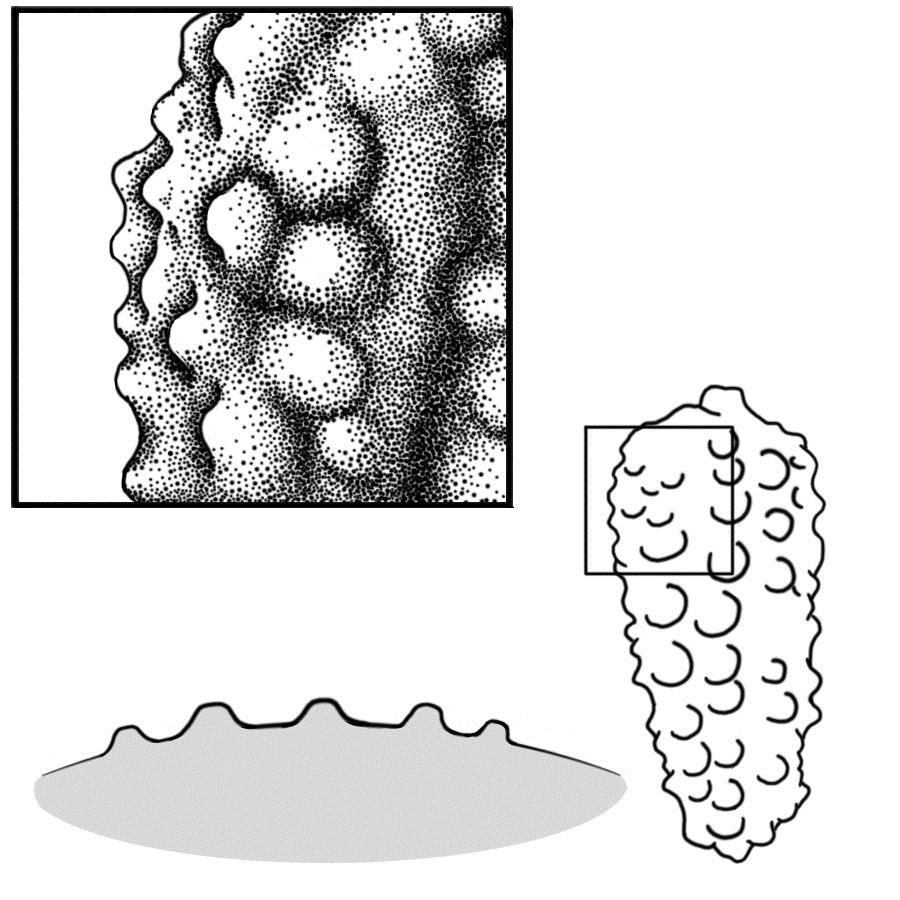
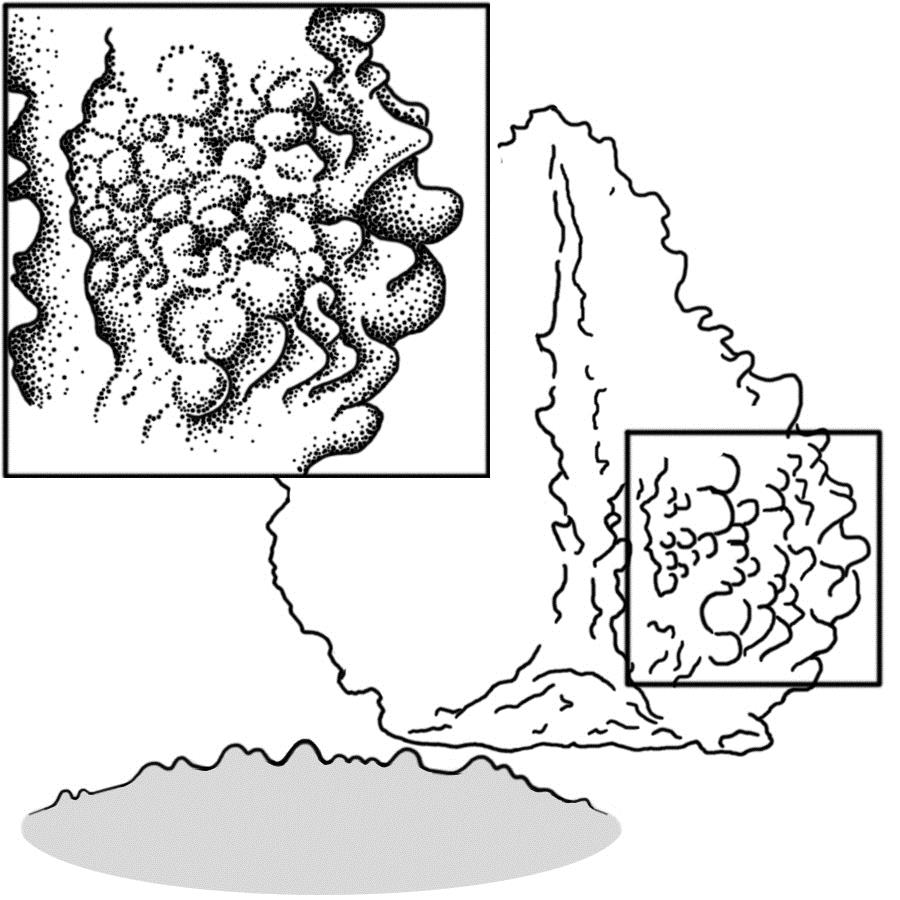
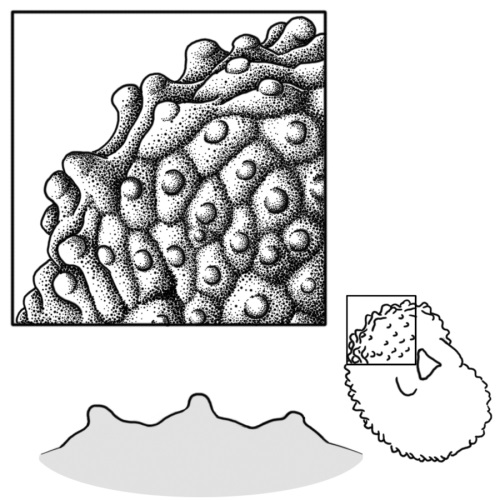
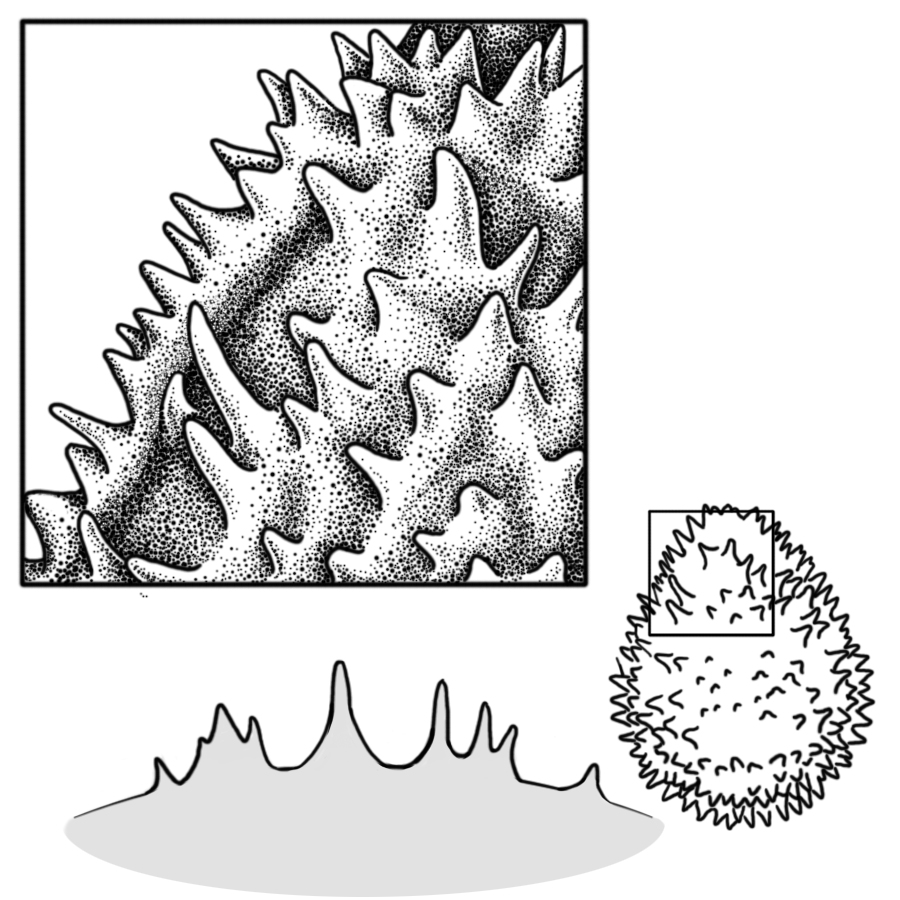
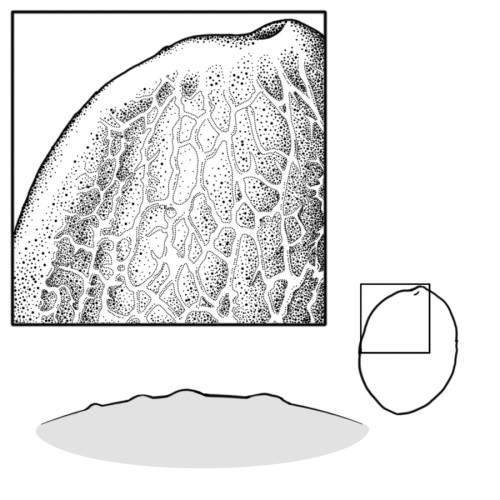
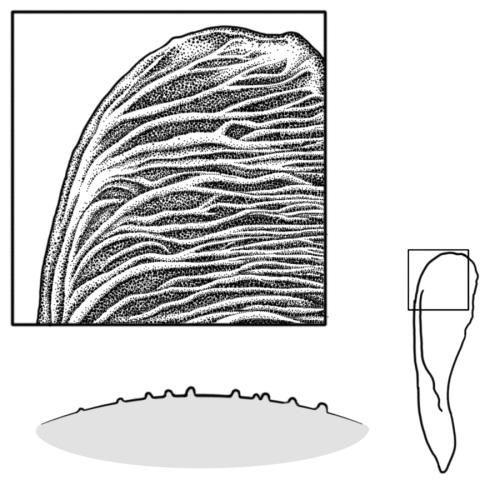
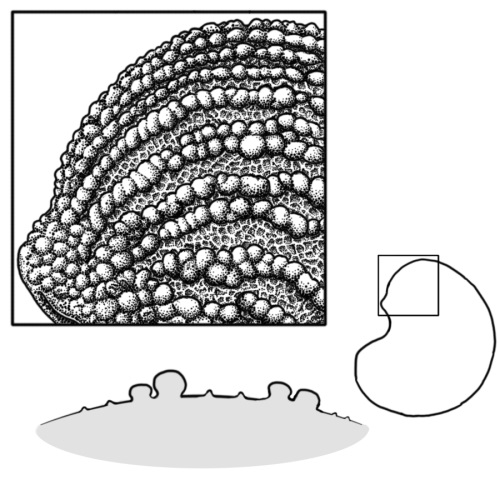
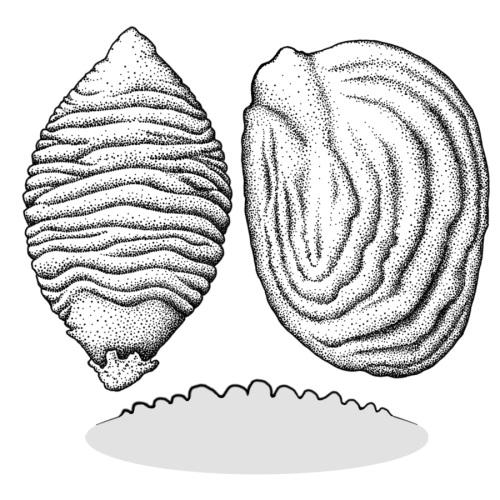
 reticulation.jpg)
